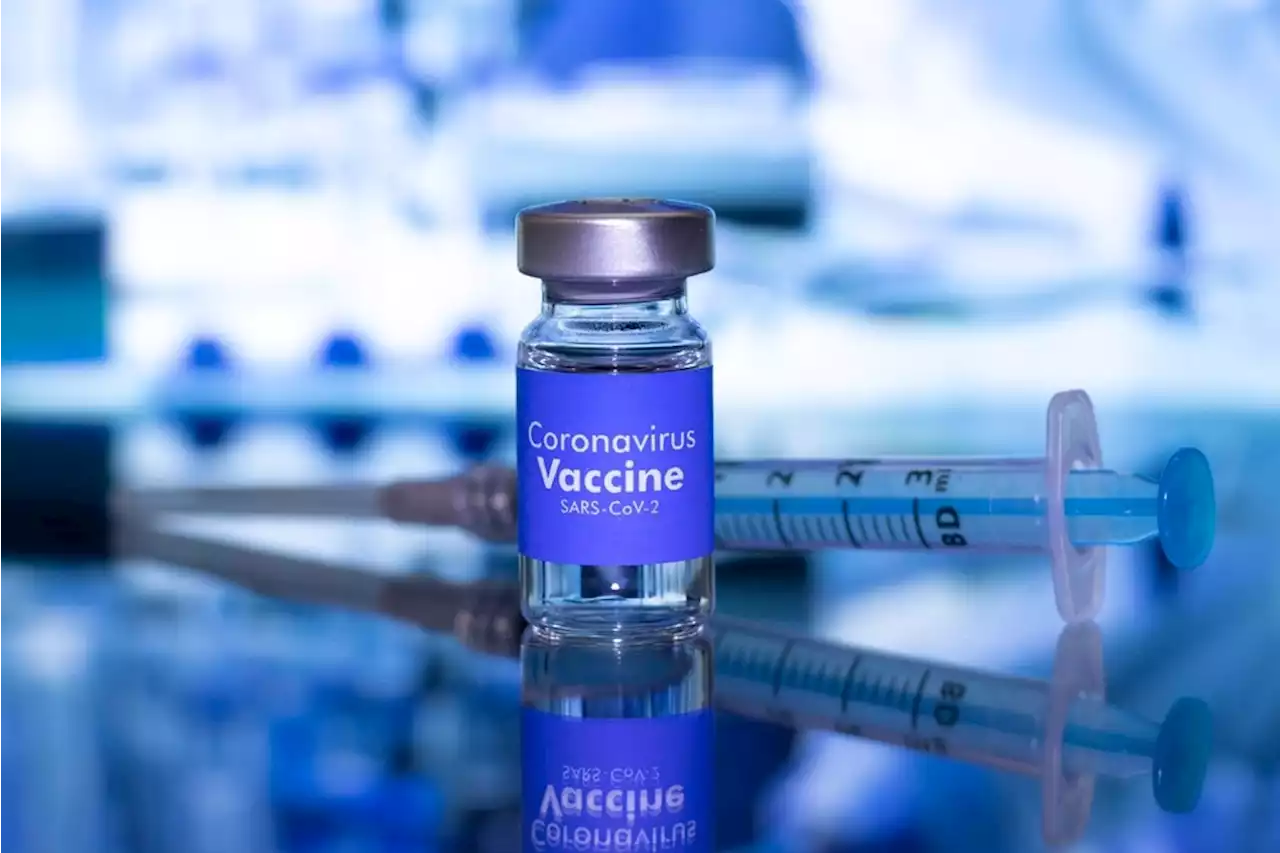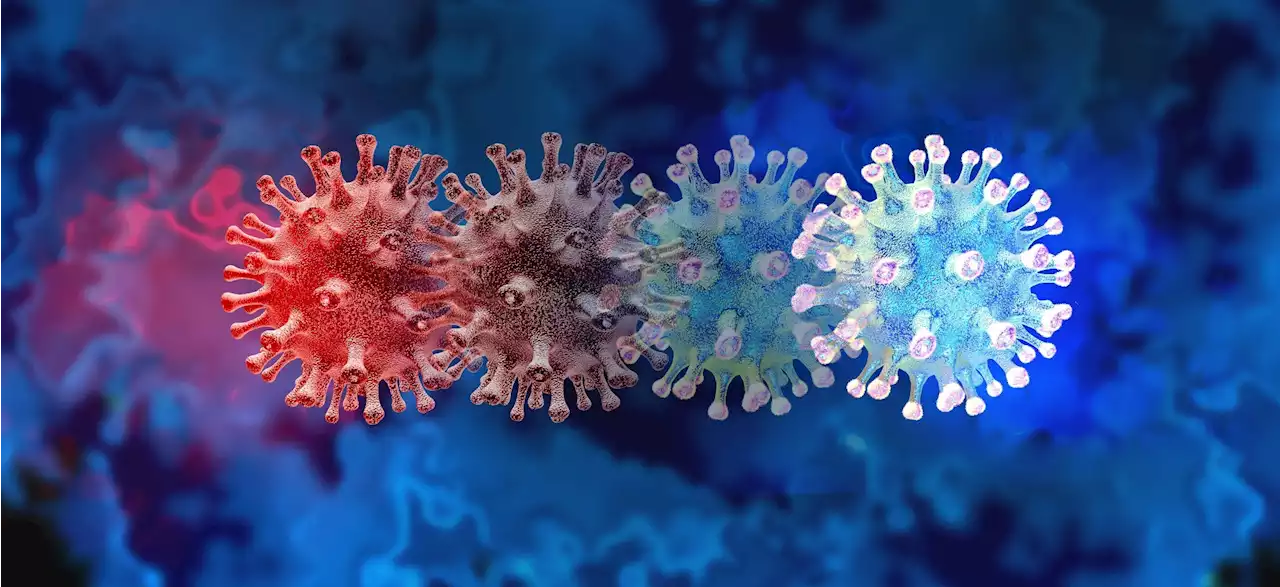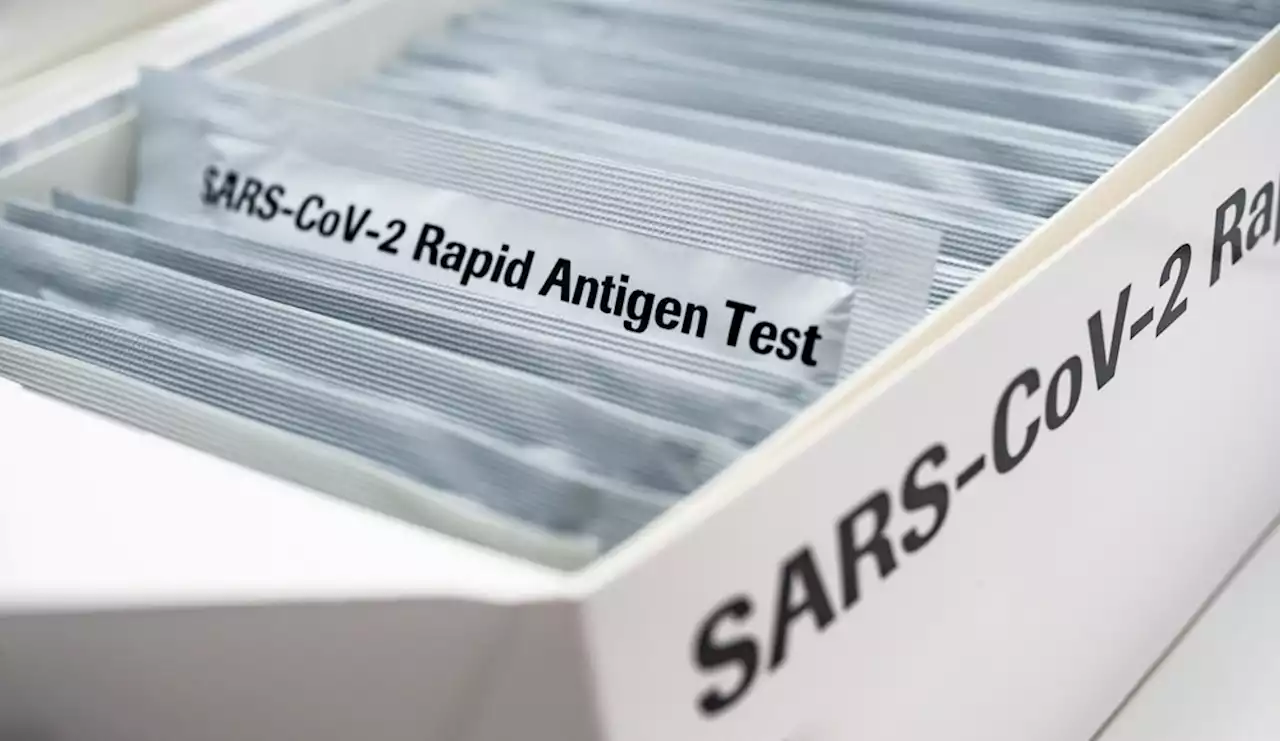A novel method to identify spike stabilizing mutations for COVID-19 vaccine development Coronavirus Disease COVID Vaccine SARSCoV2 UofIllinois scrippsresearch CWRUSOM
By Neha MathurSep 29 2022Reviewed by Benedette Cuffari, M.Sc. In a recent study published on the bioRxiv* preprint server, researchers discuss a robust method to identify mutations that simultaneously improve the expression and stabilize the prefusion conformation of the severe acute respiratory syndrome coronavirus 2 spike glycoprotein.
Previous studies have shown that several other mutations could also improve SARS-CoV-2 S expression. For example, an S construct known as HexaPro containing F817P, A892P, A899P, and A942P mutations, in addition to K986P and V987P, has been shown to prove S expression. A stable cell line that expresses human angiotensin-converting enzyme 2 and mNG21-10, which was named hACE2-expressing cells, was also developed.
Lastly, the researchers combined the validated fusion-incompetent mutations K986P, V987P, D994Q 181, and Q1005R to generate double, triple, and quadruple mutants of the membrane-bound or full-length S protein. The expression and fusion scores distribution of silent mutations were significantly different from those of nonsense mutations, thereby indicating that DMS experiments could distinguish mutants with different expression and fusogenicity levels.
In addition to K986P and V987P, the study method identified other mutations in HR1 and CH which had low adjusted fusion and high expression scores, of which included T961F, D994E, D994Q, and Q1005R. Notably, D994E and D994Q clustered at the same amino acid residue positions and were chemically similar.
Most SARS-CoV-2 neutralizing antibodies target the receptor-binding domain region of the S protein; therefore, HR1 and CH may be under low selection pressure. Another explanation for this observation is that other evolutionary constraints on HR1 and CH might be present in vivo.
Australia Latest News, Australia Headlines
Similar News:You can also read news stories similar to this one that we have collected from other news sources.
 COVID-19 cases, hospitalizations, and fatalities prevented by SARS-CoV-2 vaccination within the first 6 months after the vaccine became availableCOVID-19 cases, hospitalizations, and fatalities prevented by SARS-CoV-2 vaccination within the first 6 months after the vaccine became available medrxivpreprint Columbia ColumbiaMSPH COVID19 coronavirus covid vaccination vaccine SARSCoV2
COVID-19 cases, hospitalizations, and fatalities prevented by SARS-CoV-2 vaccination within the first 6 months after the vaccine became availableCOVID-19 cases, hospitalizations, and fatalities prevented by SARS-CoV-2 vaccination within the first 6 months after the vaccine became available medrxivpreprint Columbia ColumbiaMSPH COVID19 coronavirus covid vaccination vaccine SARSCoV2
Read more »
 What are the differences in transmissibility between novel and emerging SARS-CoV-2 variants?What are the differences in transmissibility between novel and emerging SARS-CoV-2 variants? medrxivpreprint LSHTM Transmissibility COVID19 SARSCoV2 Variants
What are the differences in transmissibility between novel and emerging SARS-CoV-2 variants?What are the differences in transmissibility between novel and emerging SARS-CoV-2 variants? medrxivpreprint LSHTM Transmissibility COVID19 SARSCoV2 Variants
Read more »
 Study aims to understand how SARS-CoV-2 affects the brain long-termResearchers formulate a method to identify the molecular and systemic factors linking COVID-19 to short- and long-term neurologic illness.
Study aims to understand how SARS-CoV-2 affects the brain long-termResearchers formulate a method to identify the molecular and systemic factors linking COVID-19 to short- and long-term neurologic illness.
Read more »
 Food, vaccines, bacteria, and viruses may all prime our immune system to attack SARS-CoV-2Severe acute respiratory syndrome coronavirus-2 (SARS-CoV-2), the causal agent of the ongoing coronavirus disease 2019 (COVID-19) pandemic, primarily causes mild to moderate upper-respiratory tract illness. However, some individuals with COVID-19 develop severe infections and require hospital admission.
Food, vaccines, bacteria, and viruses may all prime our immune system to attack SARS-CoV-2Severe acute respiratory syndrome coronavirus-2 (SARS-CoV-2), the causal agent of the ongoing coronavirus disease 2019 (COVID-19) pandemic, primarily causes mild to moderate upper-respiratory tract illness. However, some individuals with COVID-19 develop severe infections and require hospital admission.
Read more »
 Q-LAAD: a dynamic, cost-effective rapid antigen test for detection of SARS-CoV-2Researchers developed a high-throughput, rapid antigen SARS-CoV-2 spike protein detection test using allonamers, a new type of aptamers that carry out allosteric regulation instead of catalytic activity.
Q-LAAD: a dynamic, cost-effective rapid antigen test for detection of SARS-CoV-2Researchers developed a high-throughput, rapid antigen SARS-CoV-2 spike protein detection test using allonamers, a new type of aptamers that carry out allosteric regulation instead of catalytic activity.
Read more »
 How a major COVID-19 outbreak occurred in a naïve and vaccinated population in Taiwan with a limited number of entry eventsResearchers explored the SARS-CoV-2 genome using high-throughput genome sequencing to provide novel insights into how the novel SARS-CoV-2 Omicron BA.2.3.7 variant enters and spreads among the otherwise naïve Taiwanese population.
How a major COVID-19 outbreak occurred in a naïve and vaccinated population in Taiwan with a limited number of entry eventsResearchers explored the SARS-CoV-2 genome using high-throughput genome sequencing to provide novel insights into how the novel SARS-CoV-2 Omicron BA.2.3.7 variant enters and spreads among the otherwise naïve Taiwanese population.
Read more »
